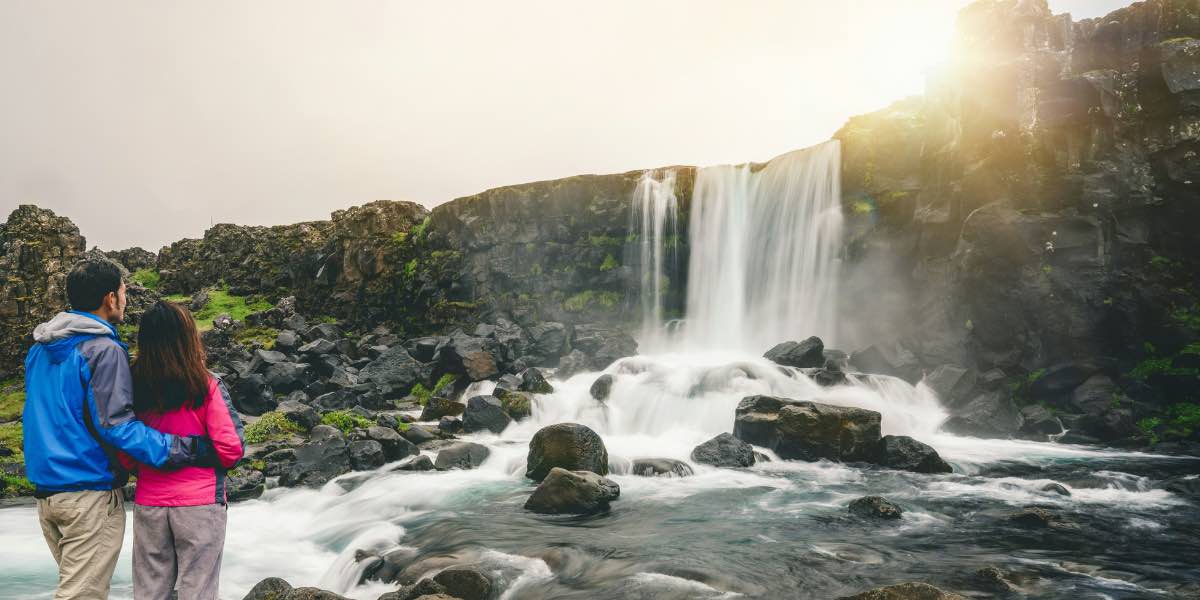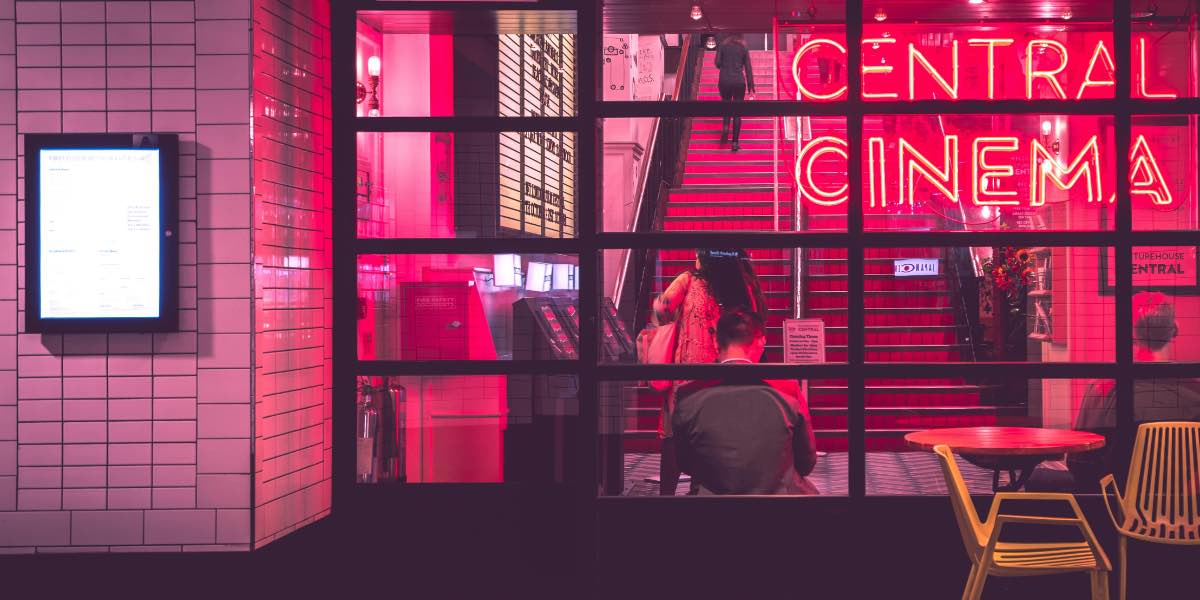
Tag: highlight





Managing Company Culture During and After a Merger
May 16, 2025

Raising Awareness About Digital Privacy
May 16, 2025

Understanding Air Traffic and How It Works
May 16, 2025

How Slowing Down Boosts Productivity
May 16, 2025


Emotional Healing Through Journaling
May 13, 2025

